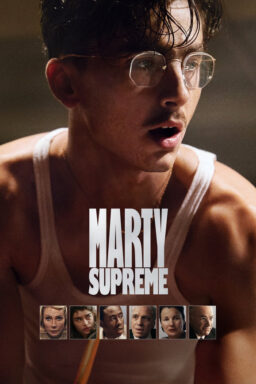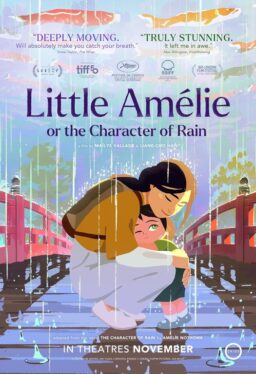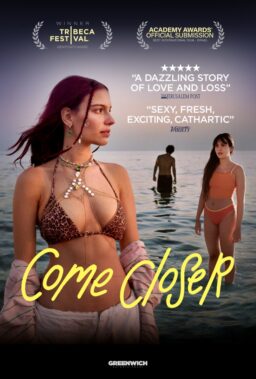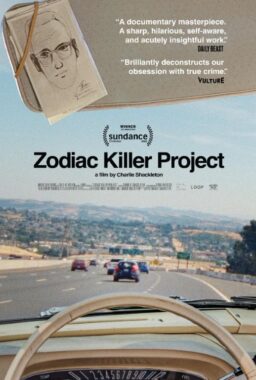CALCUTTA, India–I have been here at the Calcutta Film Festival for five days without once hearing the word “Miramax.” No one has discussed a deal. There has been no speculation about a film’s box office prospects. I have not seen a single star. I have been plunged into a world of passionate debate about film–nonstop talking about theory, politics and art. For the visiting American, dazed and sedated by the weekly mumbo-jumbo about the weekend’s ten grossers, this is like a wakeup plunge into cold water.
Festival films are showing all over Calcutta, and every house for every film, no matter how obscure, is sold out. The focus is at Nandan, the West Bengal Film Centre, where movies screen in vast auditoriums and small rooms tucked obscurely away under the eaves. Panel discussions run nonstop at the same time.
Still blurry with jet lag, I am on a panel titled “Film-Telefilm-Films: A Spielberg Phenomenon.” The six panelists spend much of their time trying to worry out the meaning of this subject. The Indian director Ashoke Viswanathan goes right back to the beginning, explaining why still photos projected at 24 frames a second seem to be moving. The Australian director Paul Cox, inspired by a question about the greatest living directors, announces, “The greatest living directors are all dead.”
Just as I am clearing my throat to begin by own profound remarks, Ansu Sur, the head of the festival, announces a break, and we all repair to a room next door to sip tea and eat cookies, and gaze on a exhibit of still photos from the works of Hitchcock.
Calcutta is said to be the intellectual center of India. Bombay is the film center, and “Bollywood” produces more films every year than Hollywood. But Calcutta is the home of Satyajit Ray, the greatest Indian director and patron saint of Bengali film lovers. “In Bombay it is all business, in Delhi it is all politics, in Calcutta it is all philosophy,” I was told by a young man behind me in line at the Pepsi stand.
The grounds of Nandan are chockablock with dozens of little private refreshment stands, offering Pepsi, coffee, tea, snacks, and Indian fast food, vegetarian or non-vegetarian. There is also an open-air book bazaar, a dozen of so dealers with their wares displayed on tables. There are more books about Ingmar Bergman than anyone else. There are no books about Austin Powers.
The grounds of Nandan are filled with conversation. On the grass, students in threes and fours sit in the sun with the festival program, discussing the films they have seen. On railings and benches, older people nod in earnest debate. Nobody asks me about Tom Cruise but I am closely examined on “Battleship Potemkin.” I was told to expect beggar children in Calcutta, hanging on my sleeve, but there are none here. Instead, every time I show my face outside a screening, I am urgently required to lend my presence to a discussion forum, immediately. “But I have to go to another movie,” I tell the man from the Association of Film Societies. “If only for a moment or two,” he says, obviously gauging how long it will take me to download my best insights.
Every evening we official delegates gather at dinner parties, in the Calcutta Club, the Bengal Club, the Cricket Club. I find myself seeking out Tahmineh Milani, the feminist heroine of the new Iranian Cinema, whose “Two Women” is about a woman of genius who feels trapped and discouraged by her country’s cultural revolution. She and her architect husband talk not about agents and deals, but about making films under a regime that imposes religious restrictions, but seems to be growing more flexible.
I meet Mitra Sen, from Toronto, an Indian born in London and raised in Nashville. Her short film is “Just a Little Red Dot,” about a Sri Lankan girl who is new to a grade school class. She wears the “bindi,” or red dot, in the center of her forehead, and this is the subject of great curiosity among the other students. Soon they all want one. But an older student taunts the red-dot wearers. The kids name the bindis “Cool Dots,” and form a club to distribute them. They come to symbolize cultural diversity. Mitra Sen tells me the Cool Dot Clubs are spreading across Canada.
It is my turn to express ignorance. I have seen a million red dots in my life, and never quite known what they mean. Are they religious? Do they symbolize something? An older Indian woman overhears my question and fills me in: “For me, it’s just cosmetic. If I don’t have my dot, my forehead feels naked. Years ago, it meant that a woman was married, or a widow. Today, we wear them because we like the way they look.” I decide I like the way they look, too.
I go downtown to the Lighthouse, a gigantic cinema that is also participating in the festival, and meet John Mantosh, whose family has owned it for generations. “I am half and half,” he beams. “Half Indian, half Swiss.” We drink Cokes in the theater’s cavernous Art Deco restaurant. “For years this was a dance hall,” he says. “During the Second World War, every British soldier in Calcutta must have passed through here.”
A waiter brings a plate of cashews with fresh coriander sprinkled on top. John dispatches his young son Rafael upstairs to bring down the theater’s guest book. We examine the signatures: James Stewart, Shirley MacLaine, Dame Sybil Thorndyke, Lord Montbatten. Alfred Hitchcock has drawn in his famous self-caricature. His signature is large and bold. His wife Alma has signed in a tiny hand beneath it.
“Right now we are showing ‘Phantom Menace’,” John tells me. “It is doing pretty well.”
“What is your all-time most successful film?” I ask.
“That is an easy one to answer. ‘Baby’s Day Out’.”
I recall the film. It was shot in Chicago by John Hughes, and is about a baby who wanders safely past appalling dangers. The film co-stars Joe Mantegna; the baby succeeds at one point in setting his crotch afire. “Baby's Day Out” was a colossal critical and commercial failure for Hughes, or so I thought.
“It ran and ran and ran,” John Mantosh told me. “Seventeen weeks at least, filling every seat in our largest auditorium, 1400 seats. Let me tell you, business would be better if every film were that good.”
I return to the Delegates’ Room at Nandan. Tea and cookies are served every 10 minutes. I recognize Subrata Mitra, who was Satyajit Ray’s cinematographer. I was on a jury with him once at the Hawaii Film Festival. Together, he and Ray began with the films of the “Apu Trilogy,” and he remembered at Hawaii that the first day of filming was the first day Ray has worked as a director, and Mitra had worked as a cinematographer.
“I remember when you won the Eastman Kodak Award at Hawaii,” I tell him. “In your speech you thanked your camera, and your film.”
“Yes, I remember that night all too well,” he said. “In your speech you called the Apu films among the ten greatest films of all time. But when the man from Eastman Kodak spoke, he only placed them among the top 100 films of all time. They gave me my award. I took it up to my room and looked for a citation. Not a word. No engraving of my name. Nothing. Just a plastic clock such as one could buy in the trophy shop. I brought it home and have never taken it out of the box.”
Everything falls into place. In Calcutta they take this stuff seriously. In Bombay, they would have been happy to get the clock.











